duminică, 30 iunie 2013
Microsoft’s Windows 8.1 Operating System upgrade available
Today Microsoft made a free preview version of its brand new Windows 8.1 operating system available to download. A current Windows 8 users
can simply go to Microsoft’s Windows preview website and download the
new update for free.The new operating system include the return of the
Start button (sort of), enhancements to desktop mode, changes to the
Start screen, multitasking enhancements and more. The new Windows 8.1
operating system update can be downloaded here
I'm upgrading right away!
Leave your comments about your expectations and what you look forward to in the new upgrade.
I'm upgrading right away!
Leave your comments about your expectations and what you look forward to in the new upgrade.
Publicat de
Vodafone
la
00:04
1 comentarii
![]()
Etichete: Microsoft
sâmbătă, 29 iunie 2013
vineri, 28 iunie 2013
FaceBook, Twitter launch apps for Google Glass
Facebook and Twitter have launched
applications for Google glasses as developers rushed to learn more
about tailoring software for the Internet-linked eyewear yet to hit the
market.

Built by Facebook, this app allows you to upload photos from Google Glass directly to your Facebook timeline," Erick Tseng, head of mobile products at the social network, said in a message posted from the Google developers conference. "You can also add an optional photo description, just by speaking it.
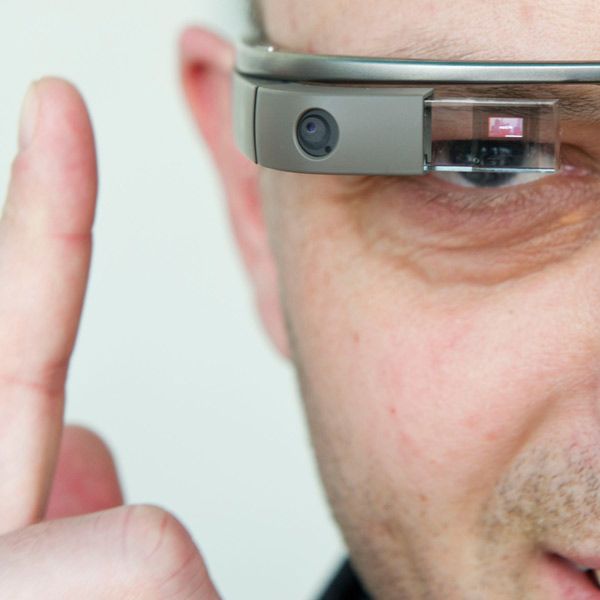
Tseng's
Facebook page displayed an image evidently taken in a packed Glass
session at the gathering and was tagged as the first public post to the
social network using the application built for the eyewear. "Can't wait
to start seeing Google Glass photos in my News Feed!" Tseng said.
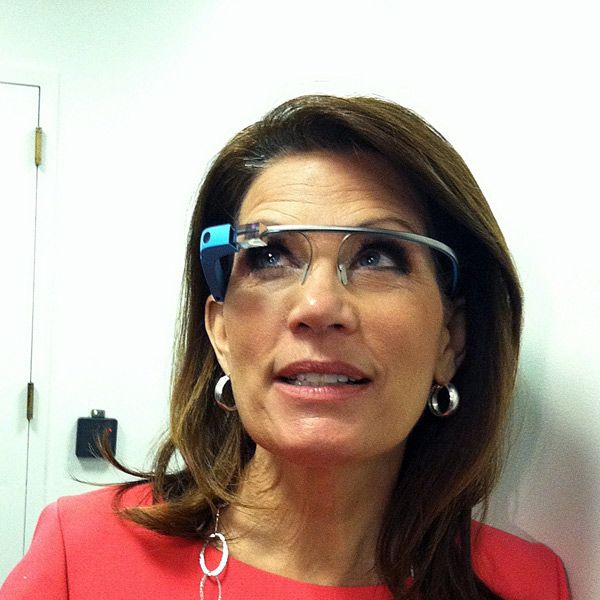
Globally popular messaging service Twitter also introduced an application for Glass. Twitter
for Google Glass let people share pictures or text messages using the
glasses, according to engineering manager Shiv Ramamurthi.
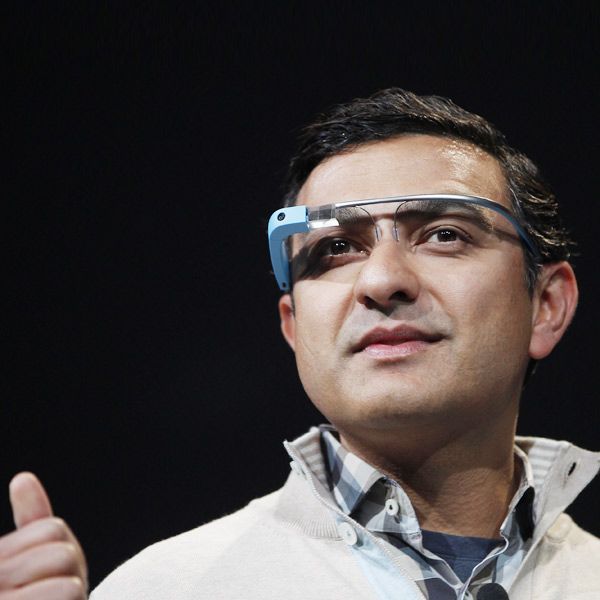
Ramamurthi
demonstrated his point by tweeting an image from one of the array of
sessions devoted to providing developers with insights and tools for
making software for Glass. He gave the picture the hashtag
#throughglass.
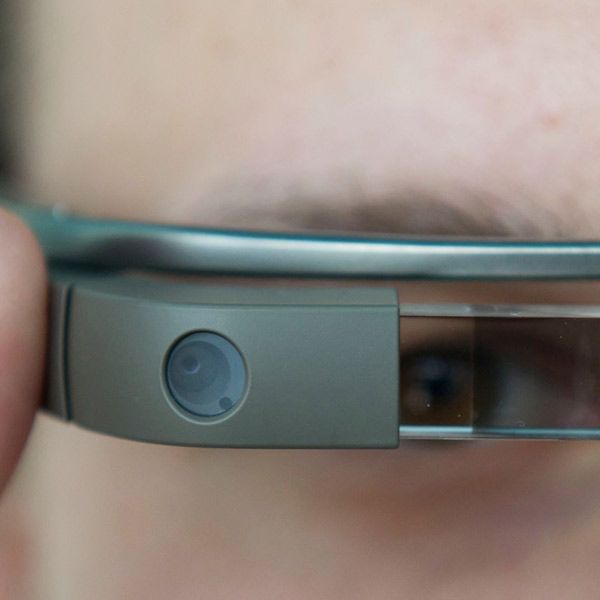
In addition to sharing photos, you can also keep up with the people you follow on Twitter through notifications," Ramamurthi said. "As always, you can reply to, retweet or favorite these Tweets.
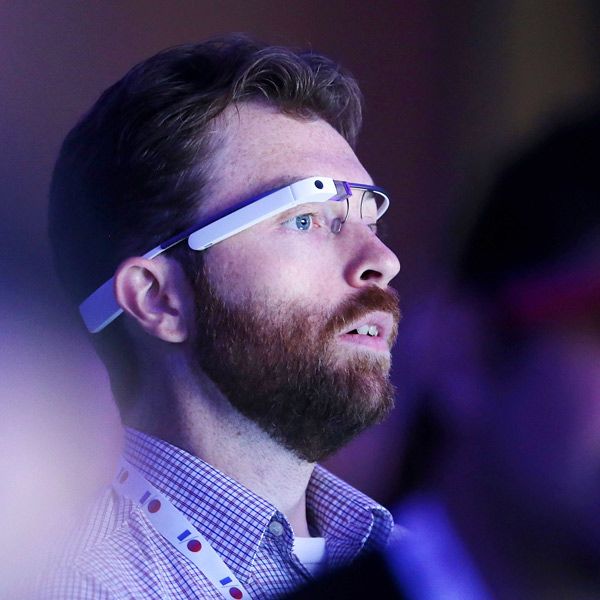
Google Glass was a common sight at the California-based Internet giant's annual developers conference.
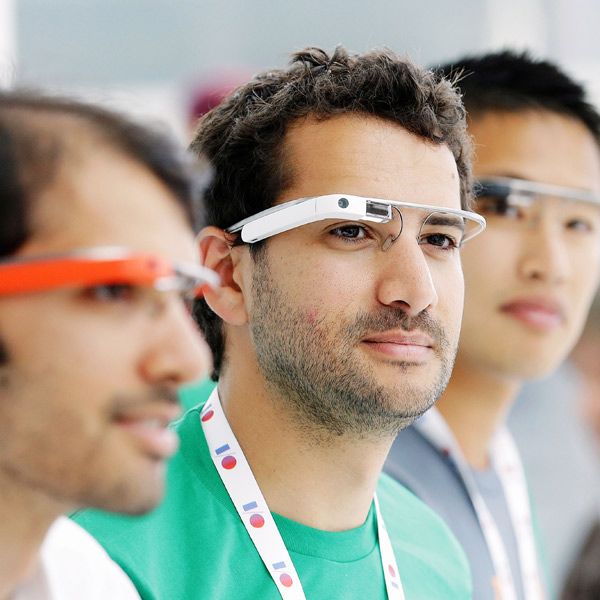
Software
savants at the gathering shared visions of games, weather reports, news
and more delivered to the Internet-linked eyewear.
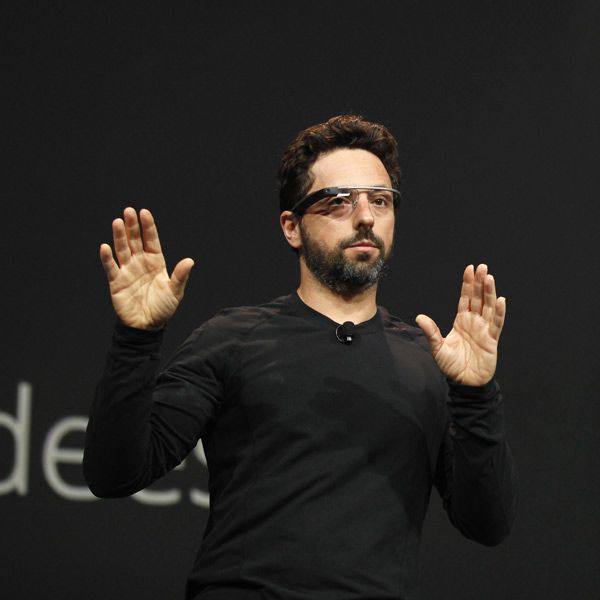
Many
of the 6,000 developers attending an annual Google I/O event in San
Francisco sported Glass in what was unofficially deemed the largest ever
gathering of Glass wearers.

Envisioned
uses ranged from practical tasks such as shopping or delivering local
weather reports to sharing real time video streams of riding cable cars
or playing augmented reality games in which the world is the board.

Glass lets wearers take pictures, record video, send messages, or perform other tasks with touch controls or by speaking "Okay Glass" followed by a command.
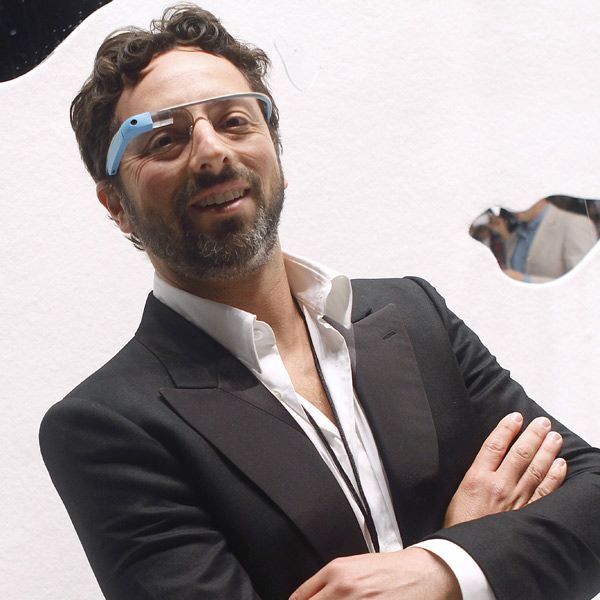
Glass
connects to the Internet using Wi-Fi hot spots or, more typically, by
being wirelessly tethered to mobile phones. Pictures or video can be
shared through the Google+ social network.
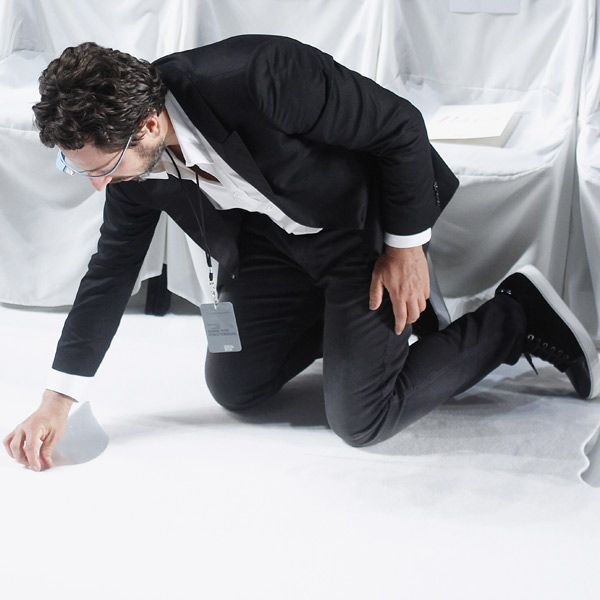
Google co-founder and chief Larry Page depicted Glass as part of an ongoing effort to get computers "out of the way" so people can focus on lives enriched by what the Internet has to offer.(Getty Images)

"We want to make sure we are building experiences that make people really happy," Page said while speaking about Glass.(Getty Images)
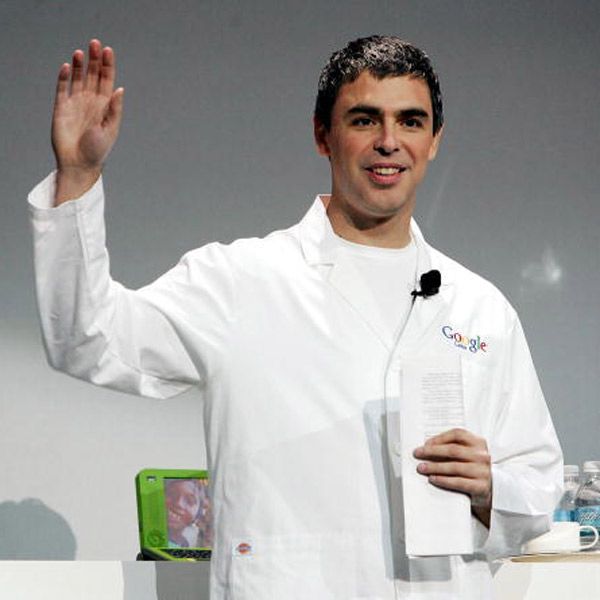
"We are relying on you to make happy users," he told developers at the conference. "Ultimately, I think a lot of your experiences will move to Glass."(Getty Images)
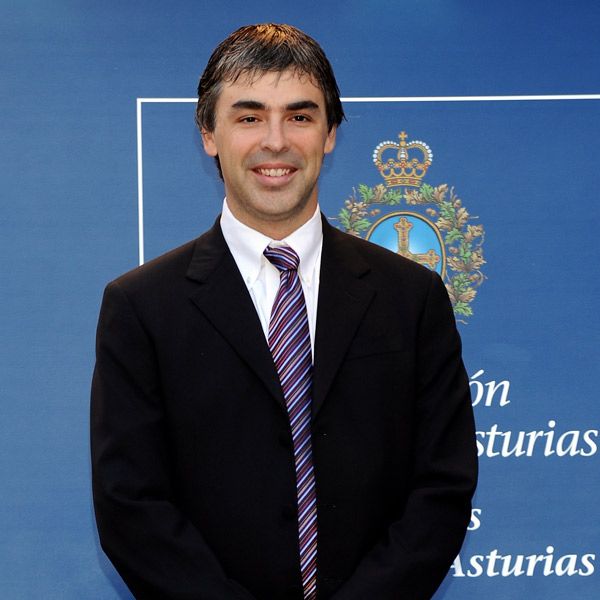
Google executive chairman Eric Schmidt said recently that it will take "a while" before consumer versions of Glass are available.
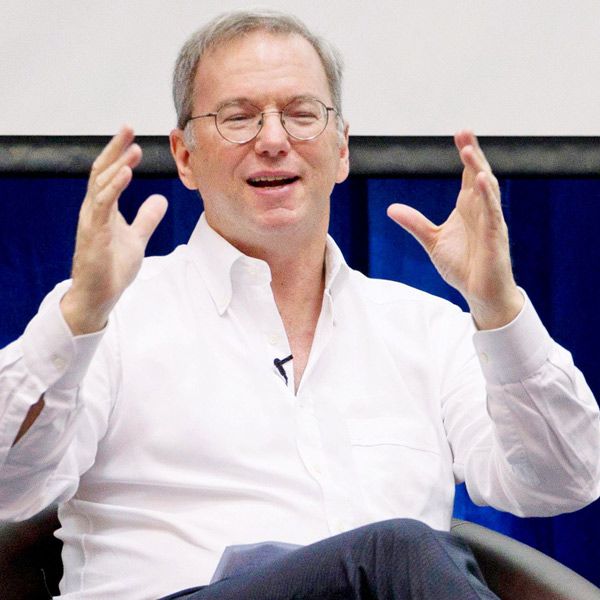
Publicat de
Vodafone
la
00:00
0
comentarii
![]()
joi, 27 iunie 2013
Computex 2013
Jonney Shih introduces its new product called the 'ASUS Transformer Book Trio', the world's first three-in-one mobile device during a press conference ahead of the opening of the Computex trade fair in Taipei on June 3, 2013.
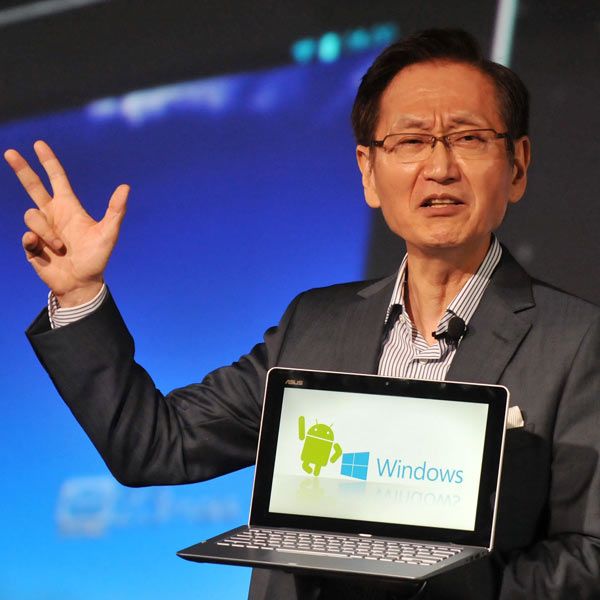
Asustek's new product ASUS Transformer Book Trio,
an 11.6-inch device combined notbook, tablet and desktop, is displayed
during a news conference as part of media preview of the 2013 Computex exhibition in Taipei.

Intel
Corporation's Executive Vice President Tom Kilroy (R) holds a
tablet/laptop hybrid for a photo call with Taiwanese pop star Jolin Tsai
during the opening of Taiwan's Computex 2013, one of the world's largest IT exhibitions, in Taipei, Taiwan.
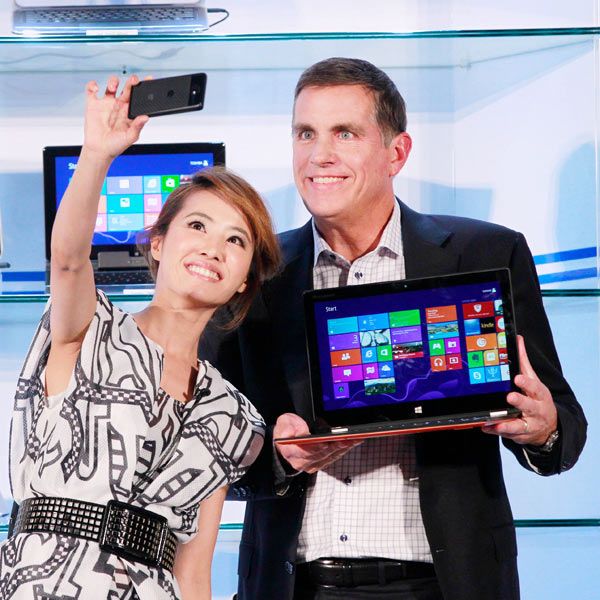
Asustek's
new product ASUS fonepad Note, a 6-inch device combined tablet and
smartphone, is displayed during a news conference as part of media
preview of the 2013 Computex exhibition in Taipei on June 3, 2013.
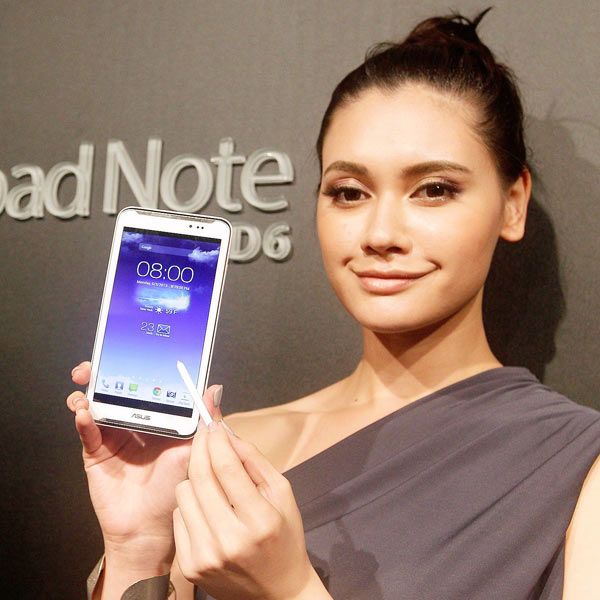
A visitor looks at motherboards at the MSI booth at the 2013 Computex exhibition at the TWTC Nangang exhibition hall in Taipei June 4, 2013.

Asustek
Computer Inc Chairman Jonney Shih speaks about the company's new
product ASUS Transformer Pad Infinity, a 10.1-inch device combined
tablet and PC, during a news conference as part of media preview of the 2013 Computex exhibition in Taipei on June 3, 2013.
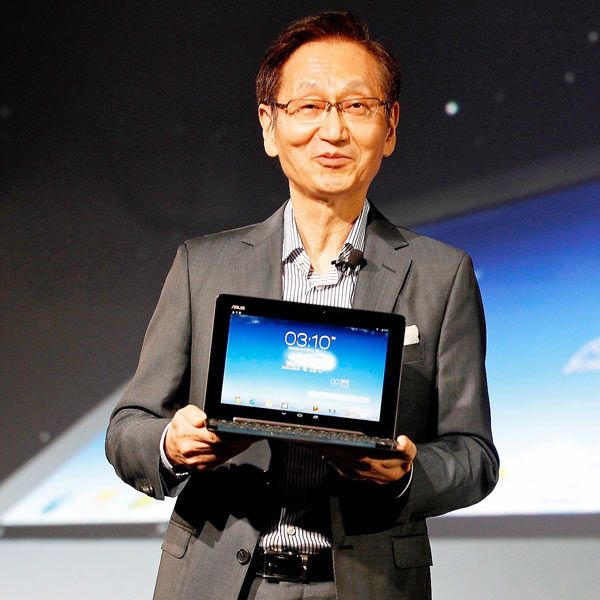
A woman displays a smart watch developed by Sonostar during Computex 2013 in Taipei, Taiwan. The device is scheduled to hit market in the third quarter, with a price tag of 179 USD.
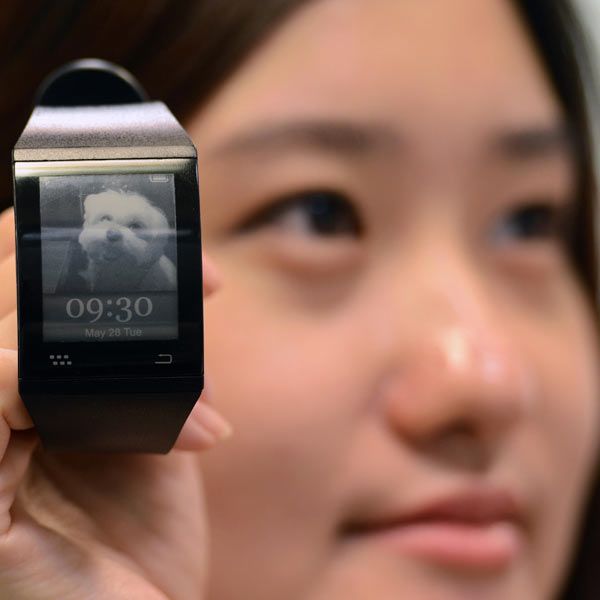
Acer's Chairman JT Wang poses for cameras during an interview before the opening of the Computex exhibition at the Taipei International Convention Center in Taipei on June 3, 2013.
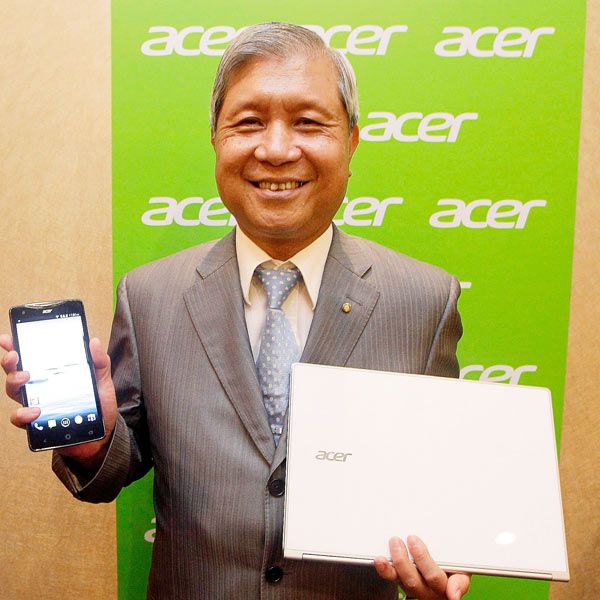
Jonney Shih, Chairman of Taiwan's ASUSTek Computer Inc., introduces its new product called the 'ASUS MeMO Pad HD 7', the world's first three-in-one mobile device during a press conference ahead of the opening of the Computex trade fair in Taipei on June 3, 2013.

Jim
Wong, JT Wang and Michael Birkin pose with their new products at an
international press conference on the eve of the opening of Computex 2013 in Taipei, Taiwan.
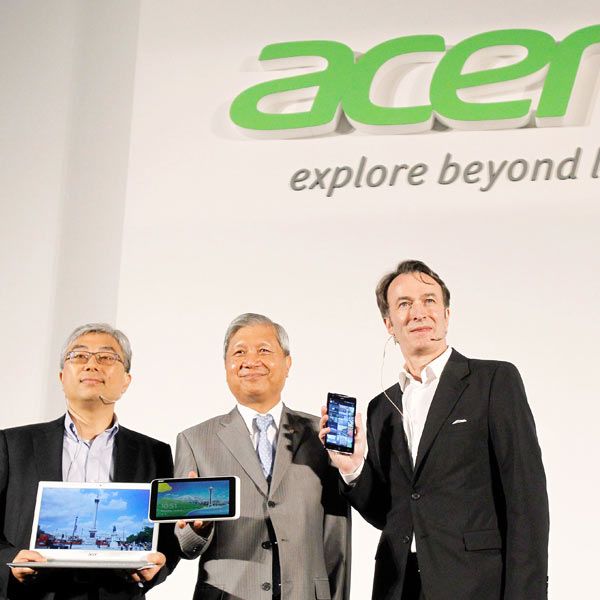
Intel Corporation's Executive Vice President Tom Kilroy delivers the keynote speech at the opening of Taiwan's Computex 2013 in Taipei, Taiwan.

An
Acer employee displays a new tablet-laptop hybrid Aspire R7 at an
international press conference on the eve of the opening of Computex 2013 in Taipei.

Acer
Inc.'s Associated Vice President of Mobile Computing David Lee and Acer
President Jim Wong describe features of the new Aspire S7 Ultrabook at
an international press conference on the eve of the opening of Computex, one of the world's largest IT exhibitions, in Taipei.
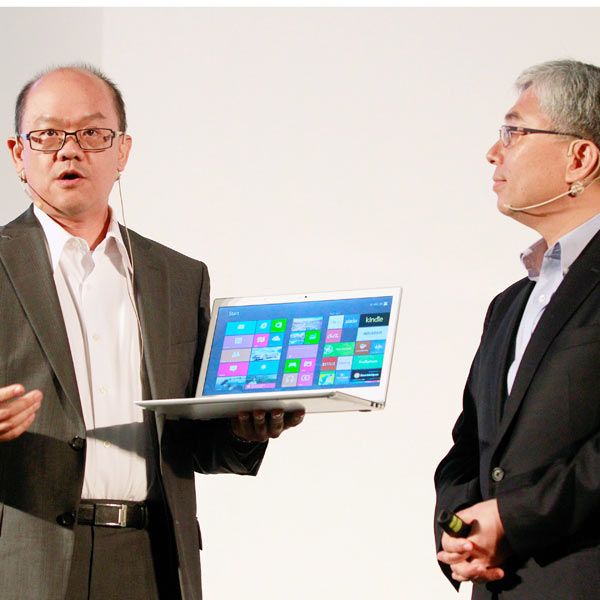
Young
Liu , Foxconn general manager of innovating Dial System Business Group
(iDSBG) speaks during a press conference ahead of the opening of the Computex trade fair in Taipei on June 3, 2013.
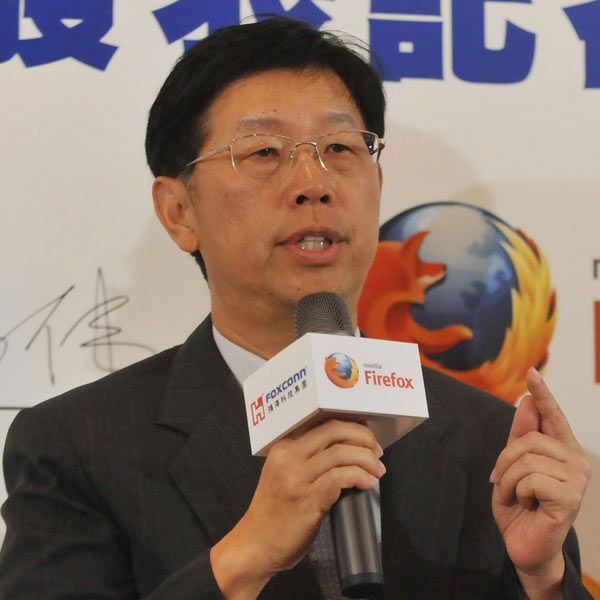
Krik
Skaugen, senior vice president and general manager of the PC Client
Group, speaks during a press conference in Taipei on June 4, 2013.
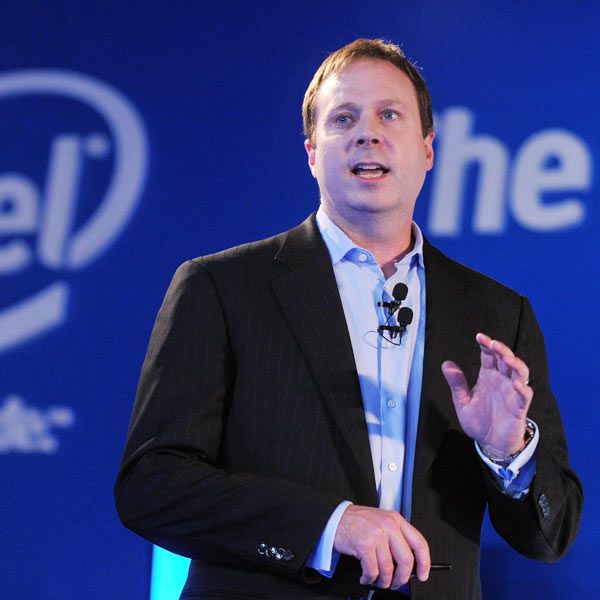
miercuri, 26 iunie 2013
Sony unveils PS4 console
Sony provided the world the first look at its new PlayStation 4 console, promising to combine its film, music, television and game strengths in a powerhouse home entertainment box.
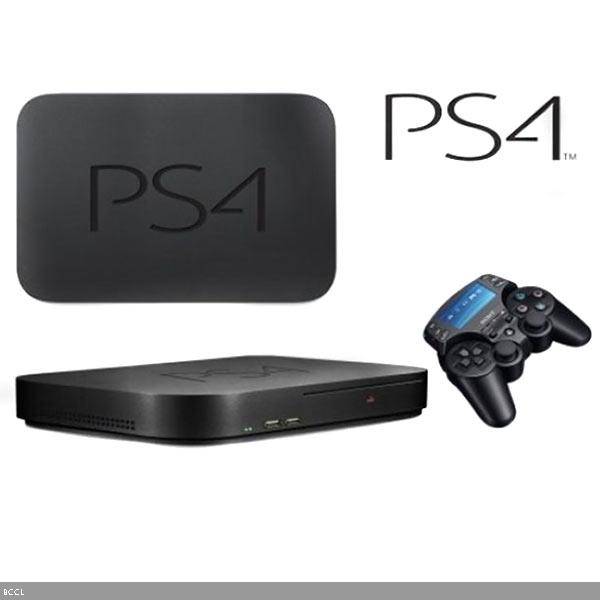
Sony Computer Entertainment president Andrew House touted the next-generation videogame consoles as being built for the future while, at the same time, saying the company was remaining true to the new console's predecessor, the PlayStation 3.
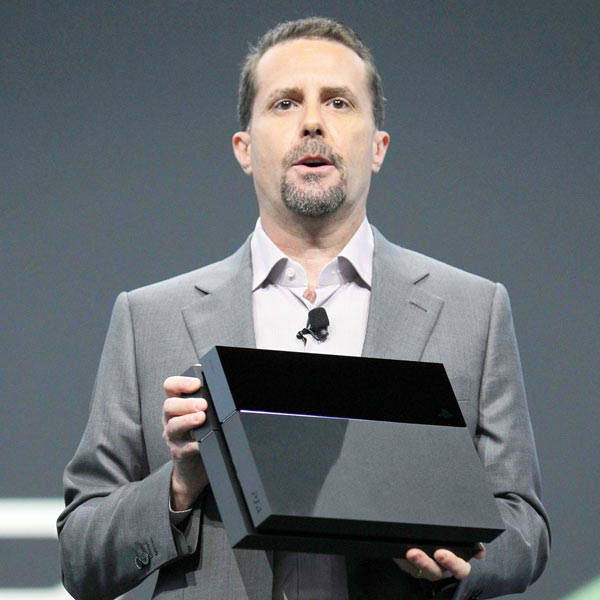
"This is a completely new platform and, in many ways, represents a completely new PlayStation," House said during a press event here on the eve of the premier E3 videogame expo.

We are more than ever capitalizing on the vast network of Sony divisions and the reputation of one of the biggest and most powerful entertainment brands in the world.
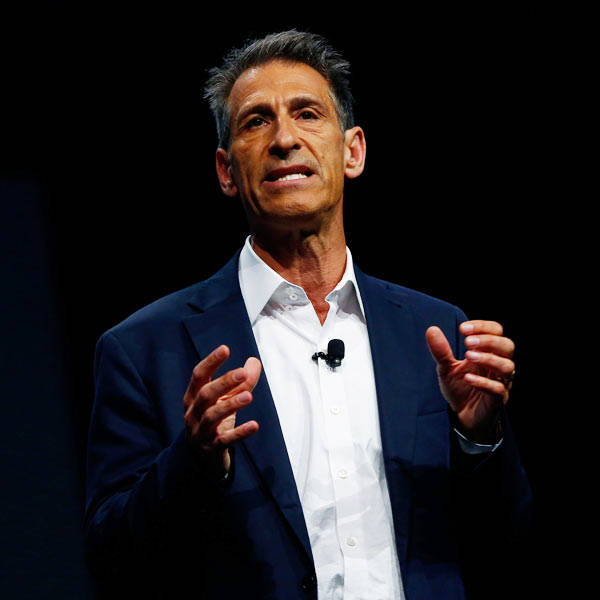
The PS4 will launch with beefed up offerings at the Sony Unlimited movie and music services as the console moves to expand into a complete home entertainment center while remaining true to hardcore gamers.
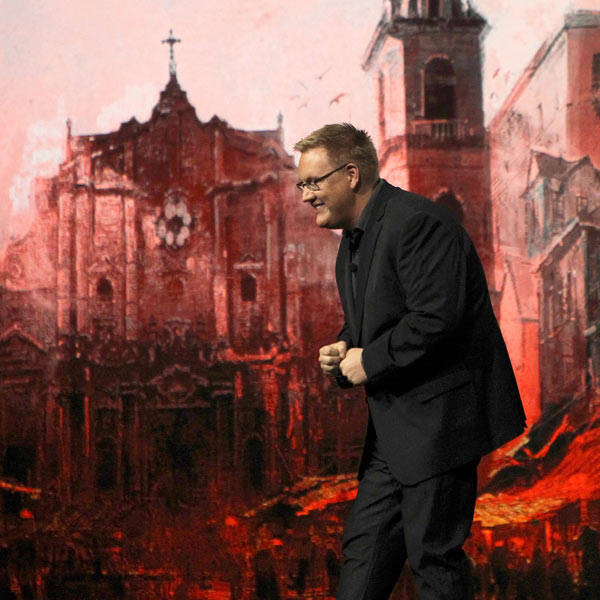
As Sony sets out to win fans for the PS4, it will continue to ramp up content for PS3.
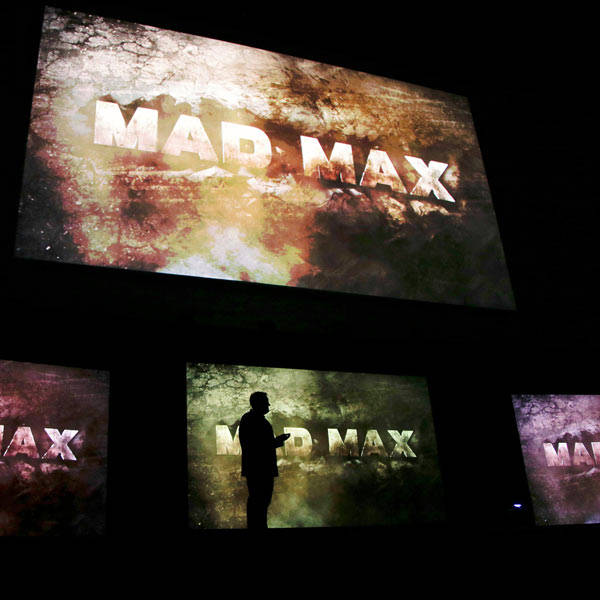
Shu Yoshida, president of Sony's Worldwide Studios for Sony Computer Entertainment Inc., addresses the media at the Sony PlayStation E3 media briefing in Los Angeles on June 10, 2013.

Attendees watch gamers play video games on the PlayStation 4 at the Sony PlayStation E3 media briefing in Los Angeles on June 10, 2013.
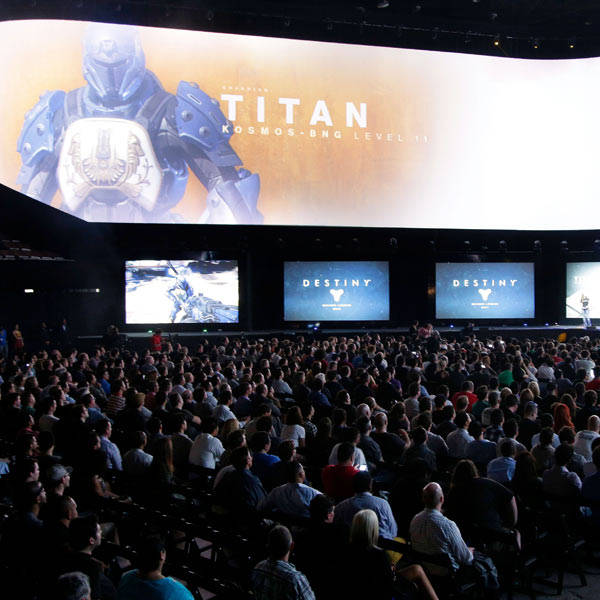
Sony
Computer Entertainment president and CEO Andrew House addresses the
media as he stands in front of a display showing the images of the new
PlayStation 4 at the Sony PlayStation E3 media briefing in Los Angeles on June 10, 2013.

Publicat de
Vodafone
la
00:00
1 comentarii
![]()
marți, 25 iunie 2013
First Apple computer auctioned
German auction house Breker said an Asian client, who asked not to be named, bought the so-called Apple 1, which the tech company's founders Steve Jobs and Steve Wozniak built in a family garage.(Getty Images)
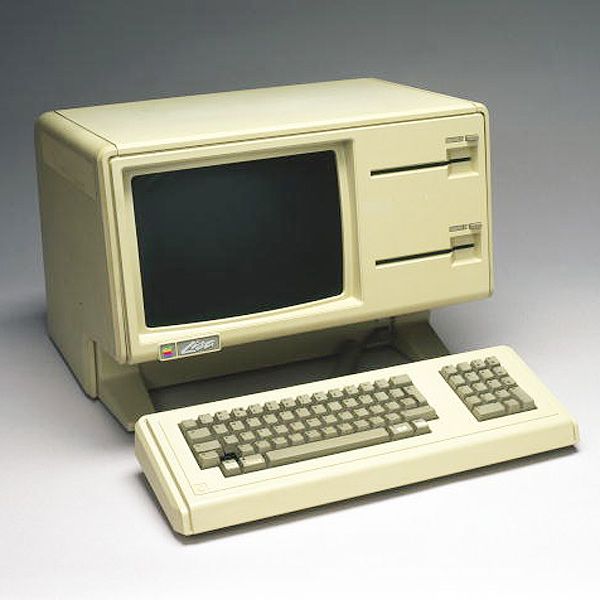
Breker
claims it is one of only six known remaining functioning models in the
world. Breker already sold one last year for 4,92,000 euros.(Getty
Images)

It says the computer bears Wozniak's signature. An old business transaction letter from the late Jobs also was included.(Getty Images)
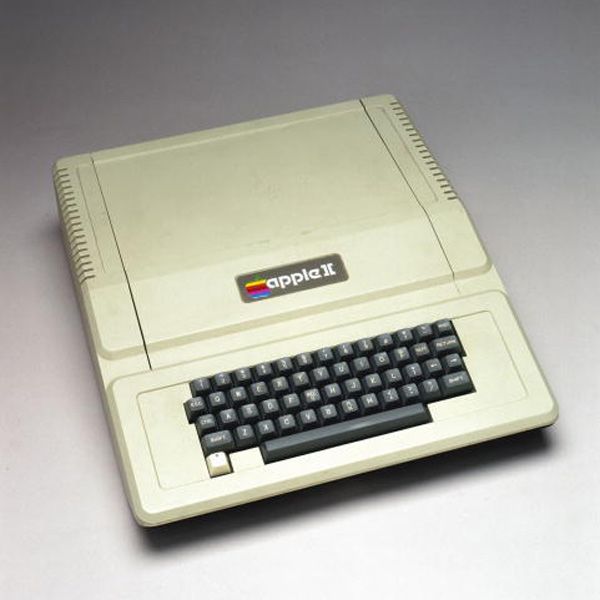
A photograph of Steve Jobs and Apple-co founder Steve Wozniak from the early days of Apple.

A man displays his old Apple Macintosh Classic computer from 1990 beside his newly purchased Apple iPad after being among the first to purchase the new device during an iPad launch event at the Apple retail store in Hamburg May 28, 2010.
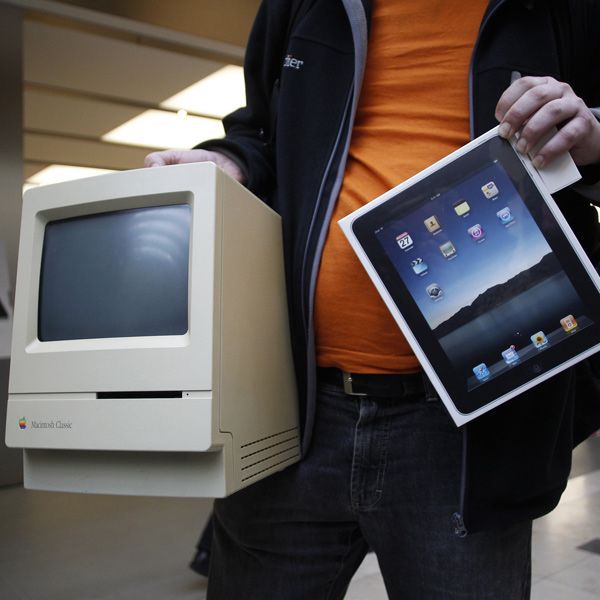
The Apple II was designed and built by Steve Jobs and Steve Wozniak by the end of 1976. It was the first mass marketed personal computer.(Getty Images)
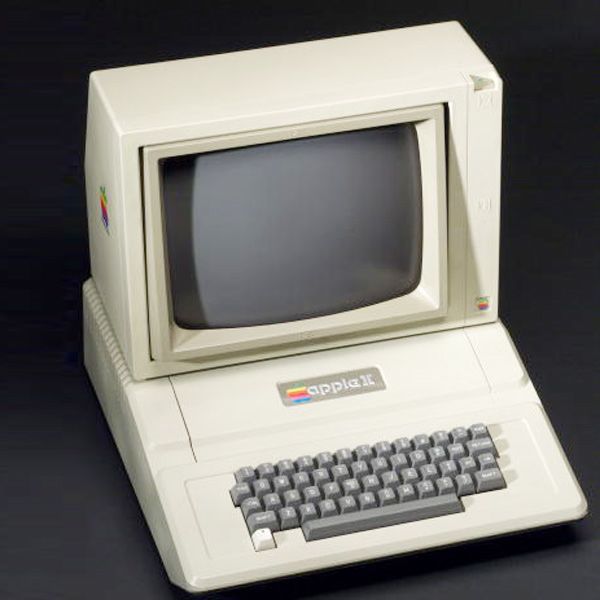
The Apple II was a single-board computer like the Apple I, but the Apple II was much improved, going several steps further than its predecessor. The Apple
II had the BASIC (Beginner's All Symbolic Instruction Code) programming
language built in, and it had the ability to display text and graphics
in colour.
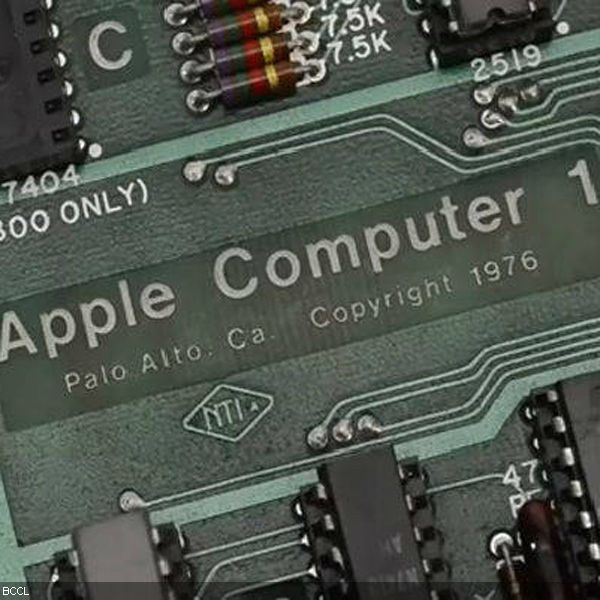
Publicat de
Vodafone
la
00:00
0
comentarii
![]()
luni, 24 iunie 2013
TIANHE beat IBM - China develops fastest supercomputer
Chinese scientists have once again built the world''s fastest supercomputer, capable of performing 33.86 quadrillion operations per second, surpassing the US Titan supercomputer.

Chinese scientists have once again built the world''s fastest supercomputer, capable of performing 33.86 quadrillion operations per second, surpassing the US Titan supercomputer.

The
Tianhe-2, or Milkyway-2, has a peak performance speed of 54.9
quadrillion operations per second, according to the National University
of Defense Technology (NUDT), which built the computer.
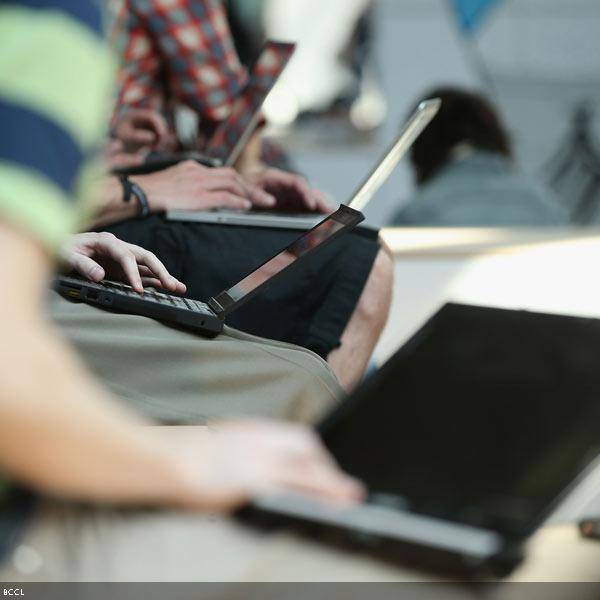
This is the second time China has made it to the first place in the Top 500 list of the world''s most powerful supercomputers.

Tianhe-2''s predecessor, Tianhe-1A, was the world''s fastest supercomputer from November 2010 to June 2011, when it was surpassed by Japan''s K computer.

Matching
home-grown Feiteng-1500 CPUs as well as Intel Xeon and Xeon Phi
processors, Tianhe-2 was almost twice as fast as the second computer,
Titan, which is capable of running at 17.6 quadrillion operations per
second.

Sequoia, another US-developed supercomputer, ranked third in the list, followed by Japan''s K computer.
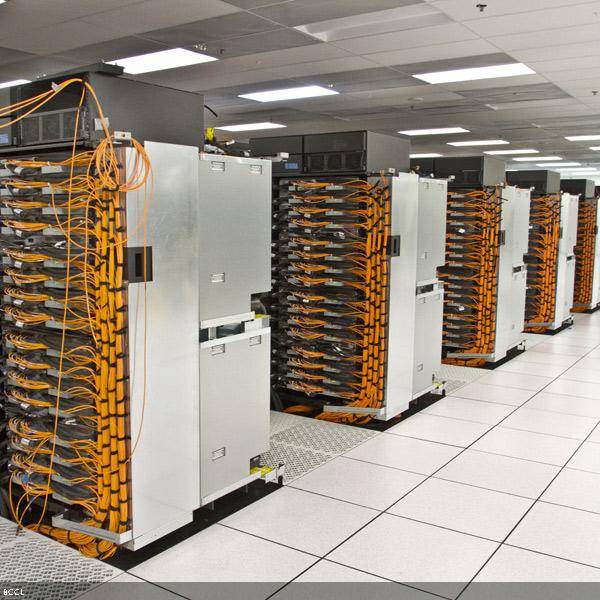
Costing 100 million US dollars, Tianhe-2 is expected to be operational at the supercomputer center in Guangzhou City in south China''s Guangdong Province later this year. "Ranking is not so important," said Li Nan, spokesman of the Tianhe-2 project.
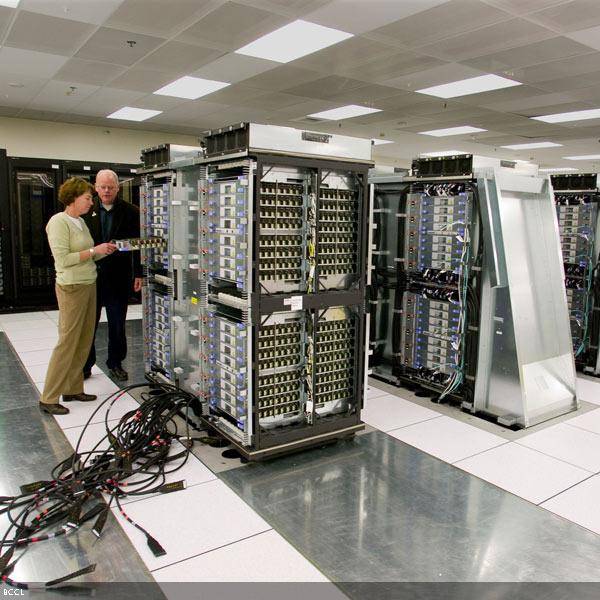
We are producing supercomputers
with a fundamental purpose of providing a driving force for the
construction of an innovation-oriented country and solutions to sciences
that concern the future development of human beings.
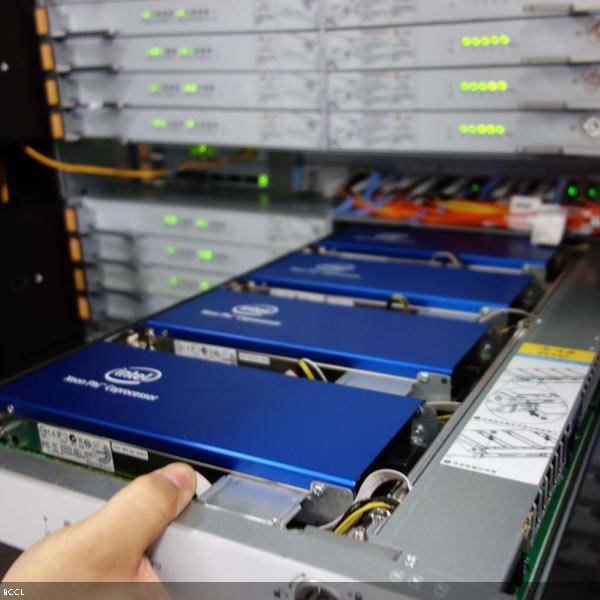
Experts believed Tianhe-2 demonstrates that China has been developing its own chip technology, which will ensure that the country plays an important role in the world''s high-performance computing (HPC).
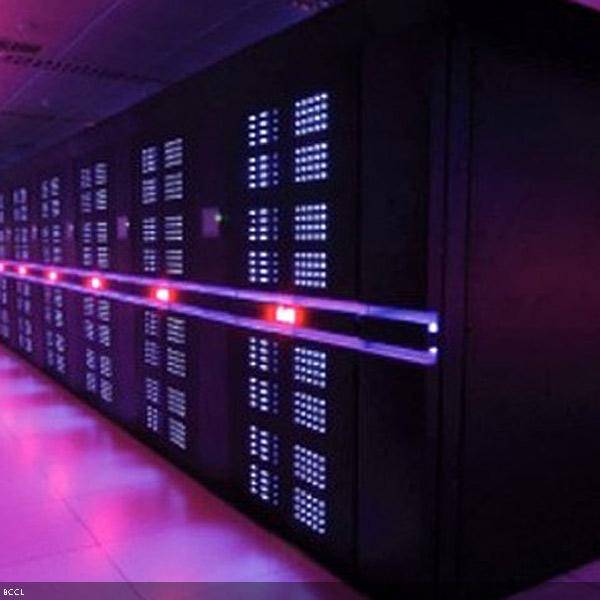
Jack Dongarra, one of the editors of Top 500, said he was impressed with Tianhe-2''s interconnect, operating system and software which are mainly Chinese. "The HPC development has enhanced China''s competitiveness," he said.

Rajeeb
Hazra, Intel''s vice president, said the production of Tianhe-2 will
not only benefit Chinese sciences and industries, but also provide sound
infrastructure for the growing global demands of big data processing.
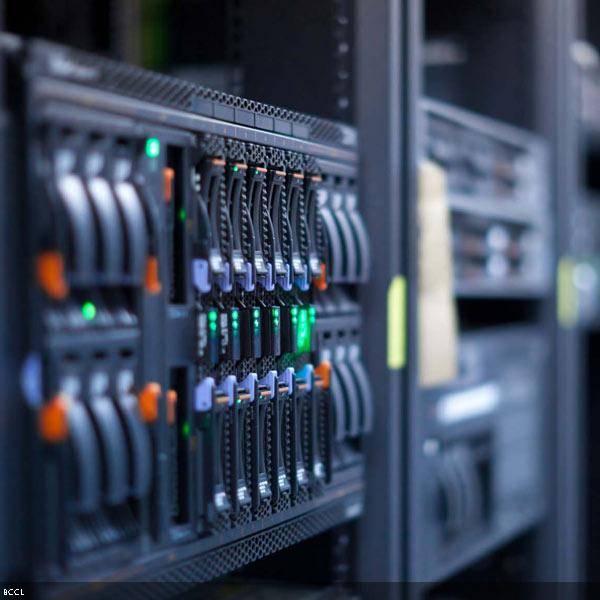
The NUDT said it would produce a supercomputer performing 100 quadrillion operations per second by 2015 and further raise it by 10 times around 2020.
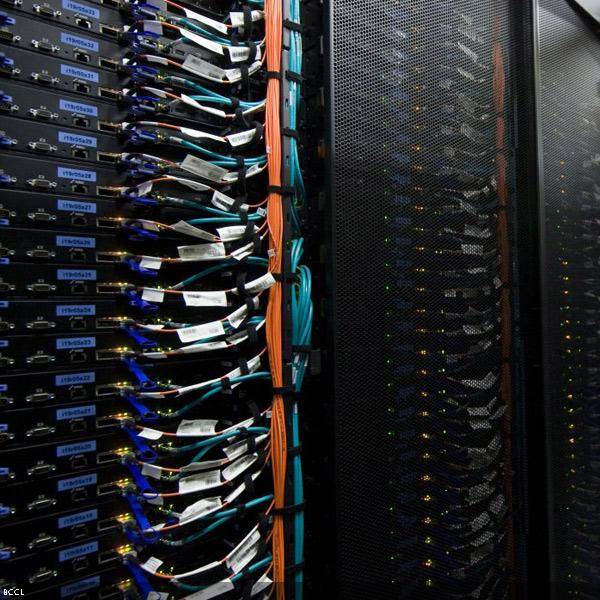
Publicat de
Vodafone
la
00:00
0
comentarii
![]()
Abonați-vă la:
Comentarii (Atom)
